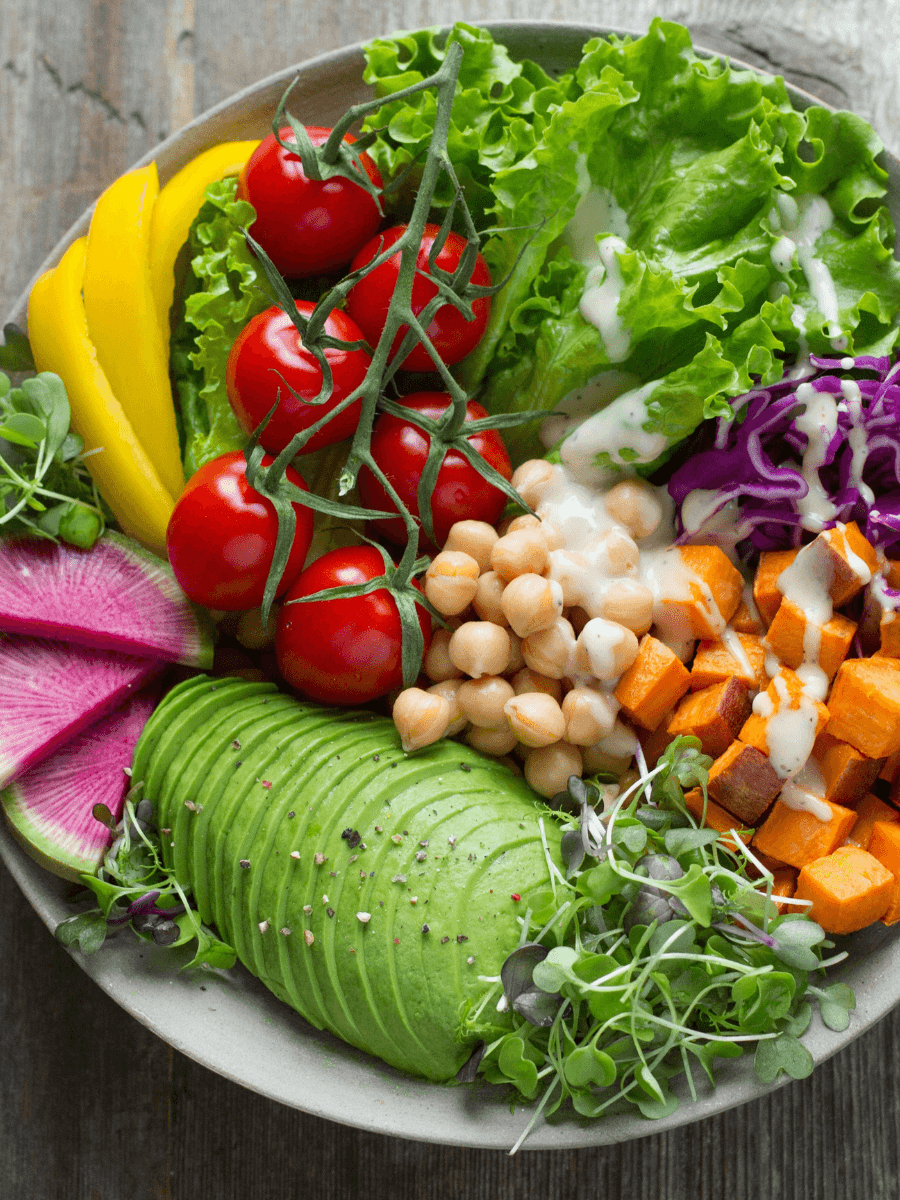Staple foods and plantains: What is the African Heritage Diet?

The African Heritage Diet is a plant-based eating pattern inspired by the traditional culinary cultures of the African continent, the Caribbean, South America, and the southern states of America¹. This diet not only offers a healthy lifestyle but is also strongly tied to cultural identity, community bonds, and historical heritage¹.
Key Food Groups
Traditional African cuisine relies on abundant colorful fruits and vegetables—especially leafy greens; tubers such as sweet potatoes; all kinds of legumes, nuts, and peanuts; rice and other grain-based foods (especially whole grains); healthy fats, and homemade sauces and marinades prepared with herbs and spices; fish, eggs, poultry, and yogurt.
Animal-based foods (fish, eggs, dairy products, chicken, and red meat) are consumed in limited quantities in this diet and are generally used to add flavor to meals².
Cultural Richness and Culinary Diversity
This diet offers not only an individual but also a community-focused lifestyle. African cuisines are enriched with fresh herbs, aromatic spices, and regional products, passing down delicious and nutritious culinary traditions from generation to generation¹. Food is not just nourishment; it also carries meaning in terms of history, culture, and togetherness³.
One of the foods found in this rich African cuisine is the plantain.
Plantain (Cooking banana):
The plantain is a member of the banana family. Unlike the banana fruit, it is cooked and consumed as a staple starch source in the Caribbean. It can be eaten at any stage of ripeness, and its sweetness increases as it turns from green to yellow, black, and finally brown. In Ghana, plantain is eaten with cabbage or fish stew. In other parts of Africa, boiled plantain is mixed with peanut butter and onions to make ‘eto’.
A popular African breakfast consists of plantains and beans sautéed in red palm oil. In the southern states of the United States (such as Texas, Louisiana, and Florida), it is usually grilled. It can also be eaten raw or baked. It is rich in potassium and also high in fiber, vitamin A, and vitamin C.
Plantain or banana leaves are also used in African cuisine to wrap food for baking, boiling, or steaming, adding a unique flavor to the dish. Greaseproof paper can also be used as an alternative.3
The banana family is quite extensive. Plantain, or cooking banana, is used as a staple food source in the Caribbean and Africa; it is boiled, fried, or grilled.
Green bananas, on the other hand, are a different member of the same family and are particularly notable for their resistant starch and fiber content. As they turn yellow over time, the starch converts to sugar, the banana becomes sweeter, and its texture softens.
Saledo's green banana flour is produced from this ‘green state’ of the banana, preserving its nutritional properties and bringing them to the kitchen. Like plantains, green bananas easily find their place in different recipes, offering new alternatives to the table in terms of both variety and nutrition.
Note from Saledo
With its natural ingredients, Saledo offers simple and reliable options for those interested in plant-based and traditional forms of nutrition.
Here are some of those options from our kitchen:
Avocado and Spinach Pesto Sauce
References
¹ What is the African Heritage Diet? Retrieved July 30, 2025, from https://oldwayspt.org/explore-heritage-diets/african-heritage-diet/ ² African Heritage Diet Pyramid. Retrieved July 30, 2025, from https://oldwayspt.org/oldways-resources/oldways-african-heritage-pyramid/ ³ African Heritage Diet Background. Retrieved July 30, 2025, from https://oldwayspt.org/for-professionals/heritage-diet-background/african-heritage-diets-background/